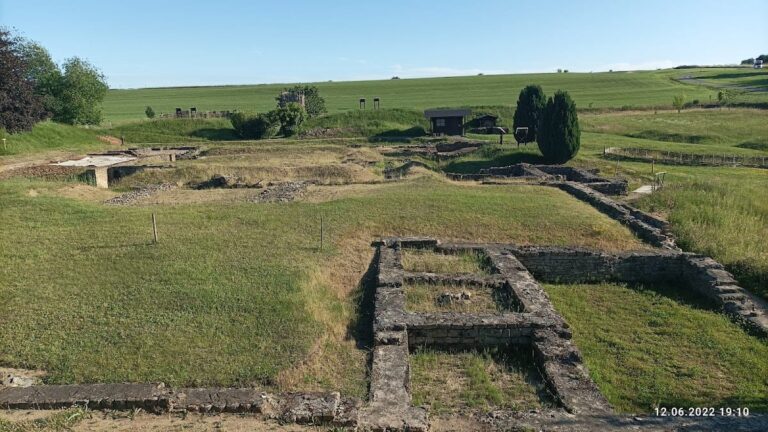Messancy Castle: A Historic Noble Residence in Belgium
Visitor Information
Google Rating: 4.4
Popularity: Low
Google Maps: View on Google Maps
Official Website: www.messancy.be
Country: Belgium
Civilization: Unclassified
Remains: Military
History
Messancy Castle, known locally as Château Mathelin, stands in the heart of the village of Messancy, Belgium. Its origins trace back to medieval times when it served as a noble residence rooted in the region’s feudal society.
The earliest recorded mention of a castle on this site dates to 1377, indicating that a fortified home was established here by that time. Over the centuries, the location saw multiple constructions and renovations, despite the unusual choice of setting the castle in a valley bottom rather than a more defensible elevated position. This persistent building activity suggests the site’s ongoing importance to local nobility.
In 1646, during military conflicts related to French invasions in the nearby Longwy area, the castle suffered destruction by fire at the hands of French troops. The damage left the castle in ruins for nearly a century and a half. It was not until 1792 that Arnould-François de Tornaco acquired the property and undertook a significant rebuilding effort. He designed the castle as a U-shaped structure, featuring a prominent main façade flanked by two side wings.
Following the upheavals of the French Revolution beginning in 1789, the Tornaco family abandoned the property. Subsequently, the castle passed into the hands of Jean-Joseph de Mathelin, who served as mayor of Messancy. Under de Mathelin and his descendants, the residence experienced further expansion in 1912, reflecting continued private use and adaptation.
After the death of Isabelle de Mathelin in 1967, the castle was gradually sold to the municipality of Messancy in multiple transactions, constrained by legal financial limits. The building’s interior furnishings were sold at public auction, and the castle itself fell into disuse. A devastating fire on May 19, 1979, consumed most of the structure despite efforts to save it. Following the fire, the destroyed sections were demolished in the early 1980s, sparing only two of the original outer towers.
The castle site, along with surrounding agricultural lands covering 37 hectares, was later transformed into a public park that officially opened on June 4, 1988, marking a new chapter in the location’s history as communal green space.
Remains
The castle was rebuilt in the late 18th century as a U-shaped building, which consisted of a main ceremonial front and two lateral wings extending from it. This design framed a central courtyard, reflecting architectural choices of the period and serving both residential and representative functions.
Today, only the two outer towers from this structure remain intact. These towers, located at the south and north ends of the original building, withstood the severe fire in 1979 that destroyed the rest of the castle. Their survival offers a glimpse into the scale and positioning of the former residence.
Situated centrally within the village, the castle grounds lie adjacent to the Messancy River and near railway line 167. This positioning created a tangible connection between the estate, local waterways, and transportation routes, integrating natural and man-made features in its setting.
Although the main structure no longer stands, photographs of the surviving towers reveal the footprint once occupied by the castle, illustrating how the space was organized. The castle’s footprint extended between these towers, which now stand as solitary reminders of the building’s former presence.










